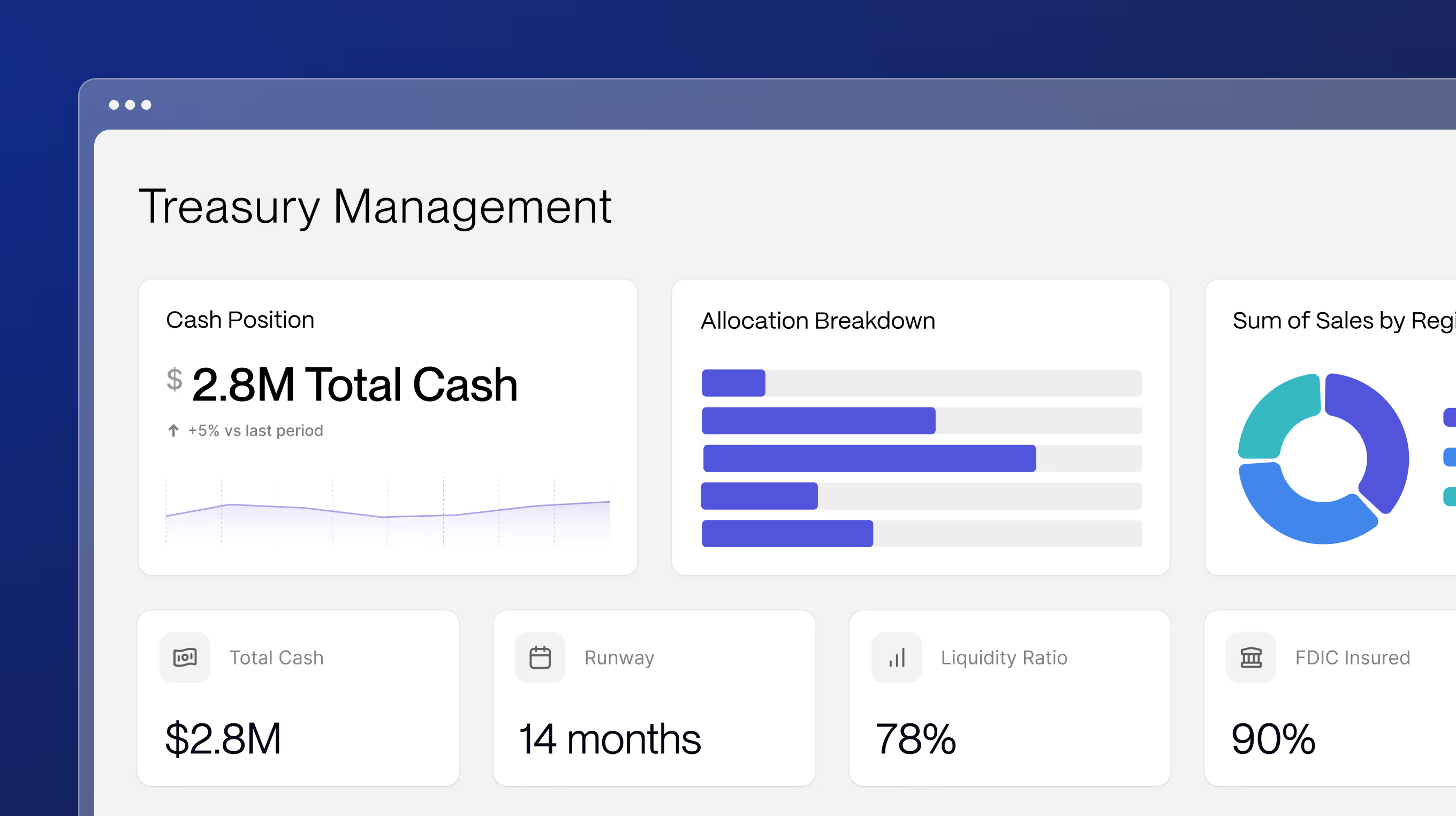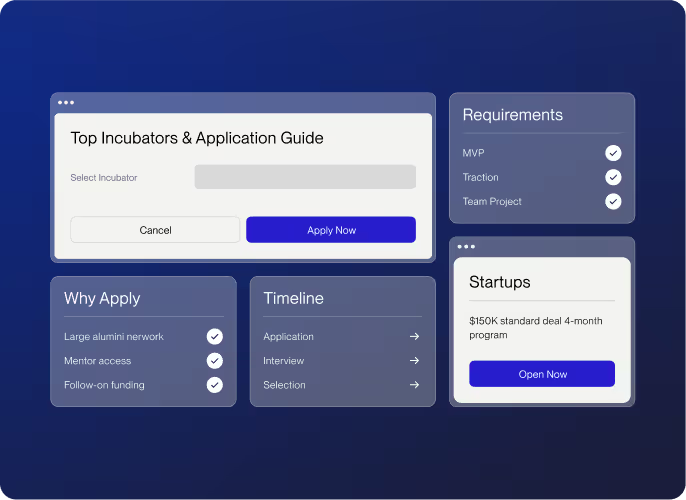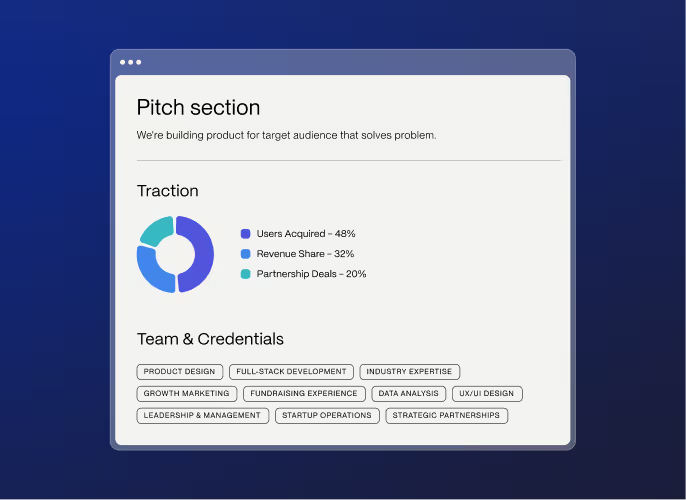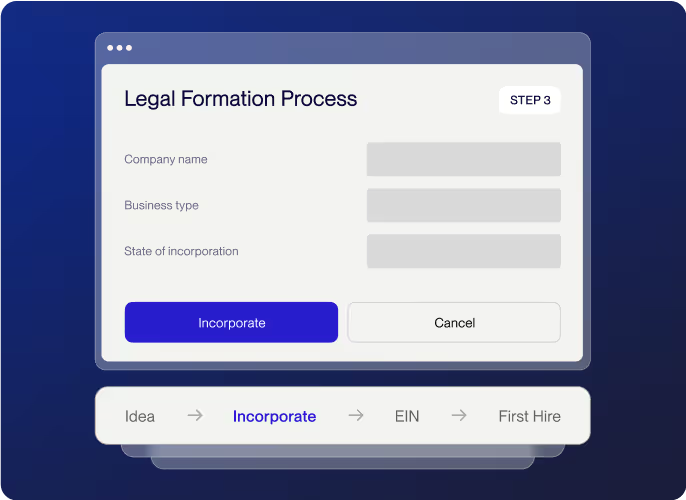Once you've incorporated your startup and raised capital, one of your most critical responsibilities as a founder is implementing effective treasury management. Cash is like oxygen for startups—without it, even great companies with strong products and growing revenue will die.
Treasury Management Is a CEO Matter
Given the importance of cash, treasury management isn't something to hand off to a CFO or finance team, particularly during times of uncertainty. As CEO, you need to personally oversee:
- Understanding your true cash position
- Making strategic decisions about where to keep your cash
- Ensuring you don't trip any covenants with lenders that stipulate holding certain cash balances
- Creating a comprehensive plan for managing your runway
Key Principles for CEOs: Capital Protection Above All
When it comes to treasury management, founders must understand these fundamental principles:
1. Protecting Your Cash Is Your Primary Responsibility
Your investors gave you capital to grow your company, not to make risky investments with it. The absolute number one goal of treasury management is protecting your cash. This cannot be compromised for any reason, including pursuing higher yields.
2. Yield Is Secondary and Never at the Expense of Safety
While extending your runway through yield is valuable, it must never come at the expense of safety. A few extra basis points of yield are never worth increasing your risk profile. Remember: losing principal is catastrophic, while missing out on some yield is merely suboptimal.
3. Limit Your Investment Vehicles at Early Stages
For early-stage startups, only these treasury vehicles are appropriate:
- FDIC-insured checking accounts: Limited to $250,000 per depositor per bank. Unless you work with a platform like Every, which has $3M of FDIC insurance.*
- Money market funds: Only those primarily composed of US Treasuries**
- US Treasury bills and notes: The safest investment vehicle available
Avoid corporate bonds, commercial paper, or other higher-yielding instruments that introduce unnecessary risk. If you're considering anything beyond these three options, you should have explicit board approval and likely need to be at a much later stage of company development.
Calculate a Board Compliant Treasury Management Strategy
Once you've forecasted your cash needs, determine where to position your cash according to required liquidity timing, always with safety as your guiding principle:
- For Operating Cash: Keep 12 months of burn here. Use FDIC-insured deposit accounts for immediate access. Utilize Every.io or similar services for extended FDIC coverage, or diversify across multiple banks.*
- For Strategic Cash: The rest of your cash goes here. Consider only the safest options like:
- Treasury-backed money market funds: For cash you won't need within 30-60 days
- Short-duration US Treasury bills: For portions of your cash you won't need for 3-12 months**
As a startup CEO, your job is to deploy investors' capital toward growth, not to maximize treasury yields.
Create a Conservative, Board-Approved Investment Policy
Draft a simple investment policy and have your Board approve it before implementing any treasury strategy. For early-stage startups, this policy should be extremely conservative:
- Investment objectives: Explicitly state that preservation of capital is the absolute priority, followed by liquidity, with yield as a distant third consideration
- Permitted investment vehicles: Limit to FDIC-insured accounts, Treasury-backed money market funds, and direct US Treasury purchases
- Concentration limits: Set maximum percentage in any single institution (typically no more than 25-30%)
- FDIC awareness: Acknowledge the $250,000 per depositor per bank insurance limit and how you'll manage cash exceeding this amount
- Explicit prohibitions: Clearly state what is not permitted (corporate bonds, stocks, cryptocurrencies, non-Treasury money market funds, etc.)
Having your board formally review and approve this policy creates alignment with investors and protects you from second-guessing if market conditions change.
Treasury Management Technology
For startups looking to implement best practices in treasury management, we recommend Every.io as a comprehensive solution that can handle all the treasury management needs mentioned in this article:
- Extended FDIC coverage: Every.io offers up to $3 million in FDIC insurance through a single interface, eliminating the complexity of managing multiple banking relationships*
- Integrated cash visibility: Real-time dashboards that provide complete visibility across all your accounts
- Treasury investment options: Direct access to Treasury-backed money market funds and US Treasury bills
- Automated cash management: You can set the system to move cash from your treasury to your checking account to maintain 12 months of burn automatically
- Forecasting and planning: Features that support runway planning and cash flow projections
- Board-ready reporting: Generate professional treasury reports for board meetings
Using a dedicated treasury management platform like Every.io can significantly simplify your treasury operations while ensuring you maintain the highest standards of safety and oversight. This allows you as a founder to focus on growing your business while knowing your cash is properly protected and managed.
{{get-started-banner}}
Conclusion
Treasury management is a fundamental CEO responsibility that requires understanding the timing of your cash needs and creating a strategic plan for preserving your funds.
Remember: Cash is like oxygen for your startup. Your primary duty is protecting it, not optimizing for yield. When in doubt, choose safety over returns. Your investors entrusted you with capital to build a company, not to take risks with their money in pursuit of marginally better yields.





